Speaker
Description
Introduction
In recent years, the development of the Internet of Things (loT) has made our lives more convenient, while the power consumption of semiconductors has increased rapidly. To solve this problem, the semiconductors research has conducted to save energy through miniaturization, but new thin-film semiconductor materials are required for further expansion. Amorphous In2O3 thin films have been used in flexible substrate displays because of its excellent electrical properties and high transmittance in the visible light range but it is also characterized by thermal instability. The amorphous structure can be maintained by doped various elements such as Si elements, but it doesn’t clarify how this contributes to the stability of the structure. In this study, we focus on Si-doped In2O3 (ISO) and discuss its thermal stability using a combination of quantum beam diffraction measurement and computer simulation.
Method
The ISO samples with different weight ratios of SiO2 (0, 1, 3, 5, and 10 wt.% Si) were synthesized unheated and heated at 600 ℃. The X-ray diffraction measurements of ISO were performed at the BL04B2 beamline of SPring-8.
Results and discussion
It is confirmed that the S(Q) of heated ISO0, 1, 3, 5 show Bragg peaks while ISO10 remains amorphous after heat treatment. This beharivour suggests that the addition of SiO2 improves the thermal stability of In2O3.The In–In correlation peaks are observed around 3.2 ~ 4.1 Å, suggesting that the formation of different InOx–InOx polyhedral connections, probably by not only corner-sharing, but also edge-sharing of InOx polyhedra.

